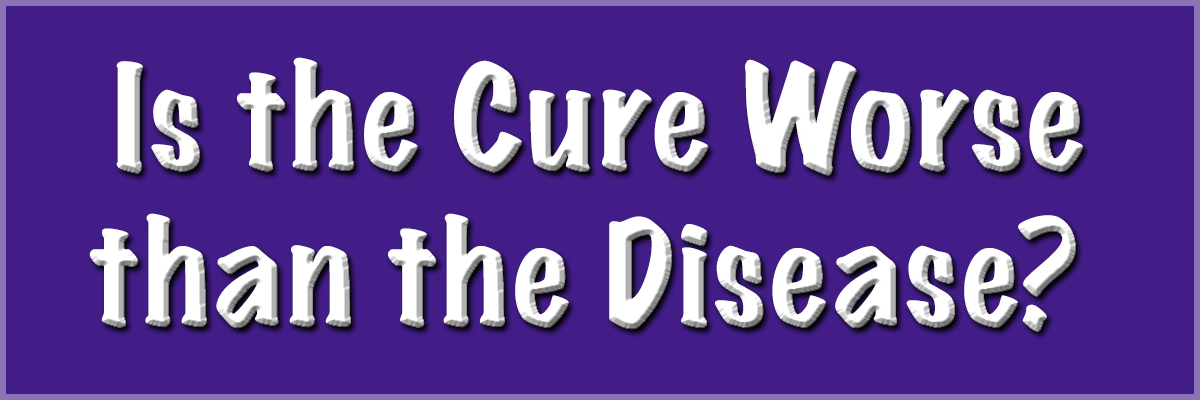Kerby Anderson
We have all heard the phrase: “the cure is worse than the disease.” Some have applied that to the pandemic lockdown, but is that claim really true?
Dr. Scott Atlas is both a physician and a senior fellow at Stanford University’s Hoover Institution. He and his colleagues looked at the accumulated years of life lost because of the lockdown. They used information from the Centers for Disease Control and Prevention and the Bureau of Labor, along with various actuarial tables.
Lost economic output in the US alone is estimated to be 5 percent of GDP or about $1.1 trillion for each month of the shutdown. They use a conservative average of about one additional life lost for every $17 million income lost resulting in 65,000 lives lost in the US for each month because of the economic shutdown.
Then there are the lives lost due to delayed or foregone health care. Some were prevented from getting screenings or treatments. Others avoided hospitals for fear of getting the virus. Emergency stroke evaluations are down 40 percent. Of the 650,000 cancer patients, an estimated half are missing their treatments.
Treatment delays resulted in 8,000 US deaths per month for another 120,000 years of remaining life. Missed strokes contributed an additional loss of 100,000 years of life lost for each month. Late cancer diagnoses lost 250,000 years of remaining life.
The expected lifetimes of COVID-19 patients who died account for about 800,000 lost years of life. Even the most conservative estimate for the life lost from the lockdown already exceeds 1.5 million years of lost life. The lockdown will account for more years of lost life than the virus itself.
 Listen Online
Listen Online Watch Online
Watch Online Find a Station in Your Area
Find a Station in Your Area










 Listen Now
Listen Now Watch Online
Watch Online
